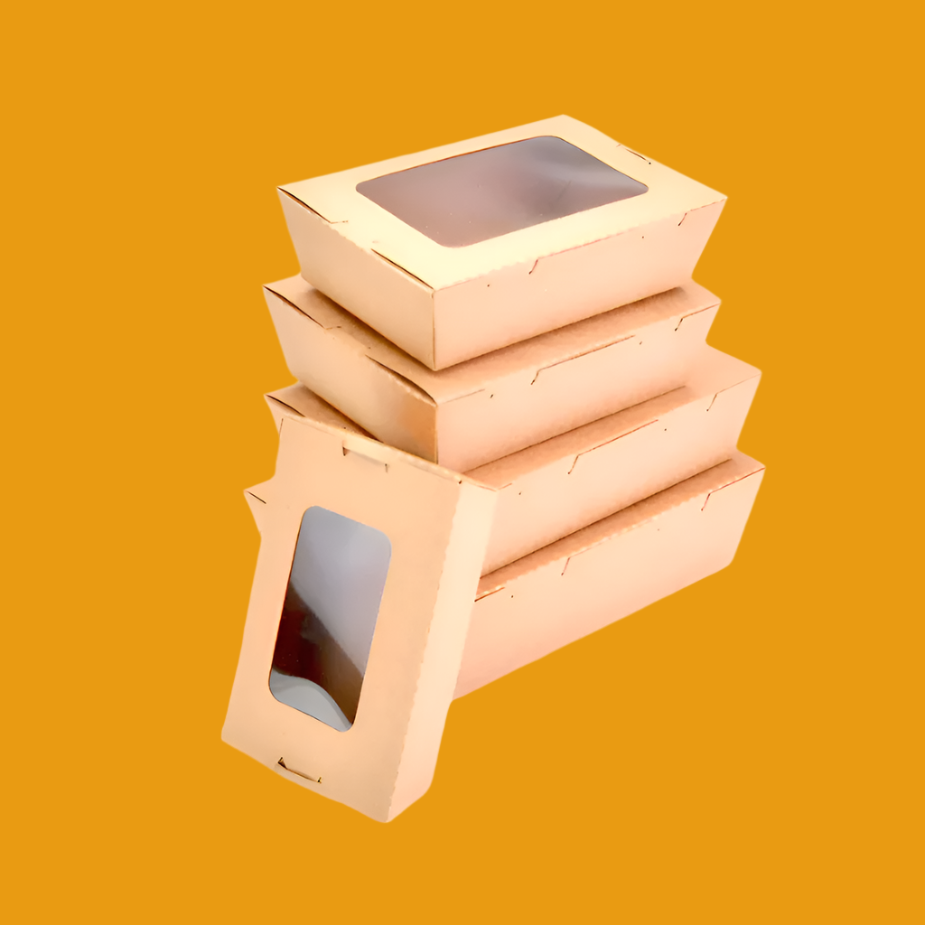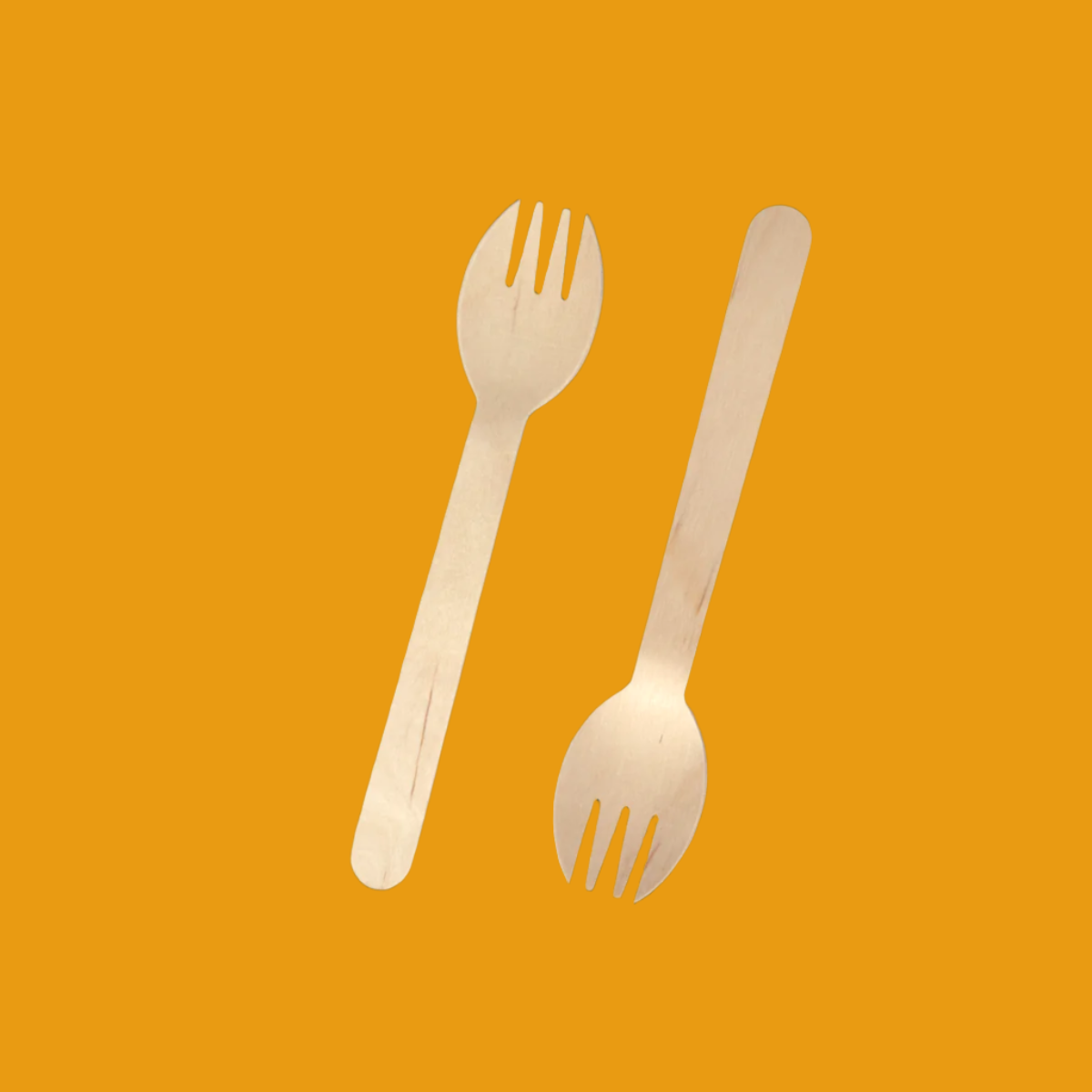Food packaging, an integral part of human civilization, has evolved dramatically over the centuries. From simple methods of preservation and transportation to sophisticated, technologically advanced solutions, the history of food packaging reflects our changing lifestyles, technological advancements, and growing emphasis on sustainability. This article explores the development of food packaging through different historical periods, highlighting significant innovations and their impacts on society.
Food Packaging in Ancient Civilizations
In prehistoric times, early humans were nomads. They moved to and from the same areas based on the seasonal availability of wild plants and animals.
Because refrigerators and freezers did not exist back then, they had to consume immediately whatever they could hunt and forage. In case, they needed to transport their food, they also had to create do with whatever nature provided. They can make containers from animal skin, shells, and gourds. The grass, wood, or other pliable natural fibers can be used to make baskets and bags.
Until new minerals and chemicals were found, materials like fabrics, ceramics, and woodware were used for food packaging.
The Ancient Egyptians discovered glass blowing to create containers for food and water storage in 3500 BC.
Paper is the first example of flexible packaging, having been invented by Emperor Ts'ai Lun of the Imperial Court in 105 AD. He made a paste out of bamboo and paper and let it dry in the sun.
Then, it took less time to find and gather food because some foods could be saved for later meals.

Food Packaging in the Medieval Period
In the Middle Ages, wooden barrels were a common form of packaging. Their strength was useful in moving food, particularly during lengthy and dangerous journeys. When traveling across oceans, water, rum, and dried food were kept in barrels and wooden boxes.
Food products were also exhibited and sold in barrels in mediaeval Europe. When buying food in the market, consumers who made smaller purchases were required to bring their wicker baskets, bottles, or pitchers. Meats, beans, salted fish, and flour were wrapped in rags made of linen and wool.

Food Packaging in the Industrial Revolution
The development of machines led to the emergence of new industries and the expansion of trade. Thus, there was a greater need for improved packaging.
Owing to the emphasis on mass production and distribution during this time, food packaging needed to be robust, simple to make, and easily accessible. During this period, food preservation was also a top concern because new modes of transportation made it possible for people and companies to travel more frequently.
- General Napoleon Bonaparte of France offered 12,000 francs in 1975 to anyone who could store food for his army. This resulted in the invention of the first "canning" method by confectioner Nicholas Appert. He sealed cooked food in glass containers and boiled them for sterilization.
- Later in 1810, British inventor Peter Durand, substituted tin for glass in his canning process. By 1820, he was providing the Royal Navy with large supplies of canned food.
- 200 years after the Chinese invented paper, the first commercial cardboard box was produced in England in 1817.

Food Packaging in the Age of Mass Production
The Second Industrial Revolution is characterized by technological advancements in energy, mass production, and the invention of the telegraph and the telephone.
- The corrugated paper was used as a tall hat liner and was patented in England in 1856. Corrugated paper and shipping cartons were starting to take the place of wooden crates and boxes in the early 1900s.
- In 1890, National Biscuit Co., now known as Nabisco, first began to package and sell biscuits as individual products. This was the first packaging to use a moisture barrier to keep the crispness intact.
- The beverage industry underwent a revolution when the crown cork was invented in 1892. William Painter, who is currently credited as founding Crown Holdings Inc., invented a metal cap that contained a cork layer to shield the liquid within the bottle.
- Kellogg's debuted the first cornflakes cereal box in 1906.
- Leo Hendrik Baekeland created the first plastic based on a synthetic polymer in 1907. It was known as Bakelite, and it offered countless possibilities since it could be molded or shaped into nearly anything.
- With the discovery of Saran Wrap in 1933, a new era in plastics began. The ability of this substance to stick to nearly any surface opened the door for airtight food packaging.
- Swedish Columbia University alumnus Ruben Rausing created the Tetra Pak in 1951. The dairy industry in Europe was completely transformed by this paperboard-based package because it could store liquids without refrigeration and was simple to stack and ship in the shape of a box.
- In 1959, Coors was the first to use aluminum cans. Since then, the popularity of sodas, energy drinks, and sparkling waters has steadily increased.
- The first can ring pull was introduced in 1963. Prior to this, aluminum cans were opened similarly to other metal cans using a can opener.
- Nathaniel Wyeth, a chemist, created the first plastic bottles that could hold carbonated beverages in 1973. This emerged as the less expensive substitute for glass.
Active Packaging in the Modern Era
Food packaging has advanced over the past few decades as a result of the consistent rise in consumer demands.
The 1990s saw a rise in the use of active packaging, which benefited both the manufacturer and the customer. Better preservation, a longer shelf life, less food waste, and ease of use for consumers were all benefits of this kind of packaging. Among the many instances of active packaging are the following:
- To keep the food fresh, sachets and pads are inserted inside the container.
- Eliminating undesired odors and moisture with packaging films and absorbers
- Materials that regulate temperature and provide insulation allow food to be heated and consumed right out of the package.
- In the last few decades, the steady increase in consumer demands has resulted in the advancements of food packaging.










